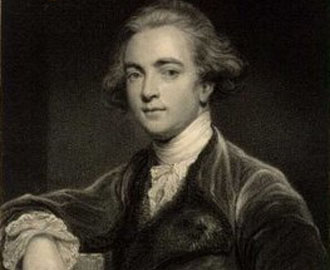|
一個威爾士人發(fā)現(xiàn)了亞洲語言與歐洲語言的關(guān)聯(lián)
[ 2007-03-13 14:46 ]
 In the late 18th century, a Welsh scholar employed by the East India Company, Sir William Jones, discovered that many words in Sanskrit, the language of Hindu holy books, were similar to words in Welsh. Further research, carried out by the German brothers Grimm and others, later revealed that most European languages and some Indian ones have a common ancestor, now known as Indo-European. In the late 18th century, a Welsh scholar employed by the East India Company, Sir William Jones, discovered that many words in Sanskrit, the language of Hindu holy books, were similar to words in Welsh. Further research, carried out by the German brothers Grimm and others, later revealed that most European languages and some Indian ones have a common ancestor, now known as Indo-European.
Other notable Welsh philologists were missionary David Jones who first put the Malagasy language of Madagascar into writing; John Davies who published the first grammar and dictionary of Tahitian; Dr. David Samuel, who made the first written record of the Maori language of New Zealand. Nearer Wales, Robert Williams compiled the first comprehensive dictionary of the Cornish language, and Bishop John Phillips translated the Book of Common Prayer into Manx.
在18世紀(jì)晚期,一位受雇于東印度公司的威爾士學(xué)者,威廉瓊斯先生,發(fā)現(xiàn)在SANKRIT——印度圣書所用的語言——中的許多文字,都與威爾士的文字相似。稍后,由德國兄弟GRIMm和其他人所作的進(jìn)一步研究顯示大部分歐洲語言和一些印度語言有著一個共同的起源,現(xiàn)在被稱為印歐語系。
另外一些著名的威爾士語言學(xué)家包括傳教士大衛(wèi)瓊斯,以文字書寫馬達(dá)加斯加語的第一人;約翰戴維斯,第一本塔希提語的語法書和字典的出版者;大衛(wèi)薩穆爾博士,第一份新西蘭毛利語的書面記錄的編寫者;聶勒威爾斯,羅伯特威廉斯,編纂了第一本康沃爾的凱爾特語的綜合字典,以及約翰菲利普斯主教,把共同禱經(jīng)翻譯成馬恩島語的譯者。
點(diǎn)擊查看本頻道更多精彩內(nèi)容
|